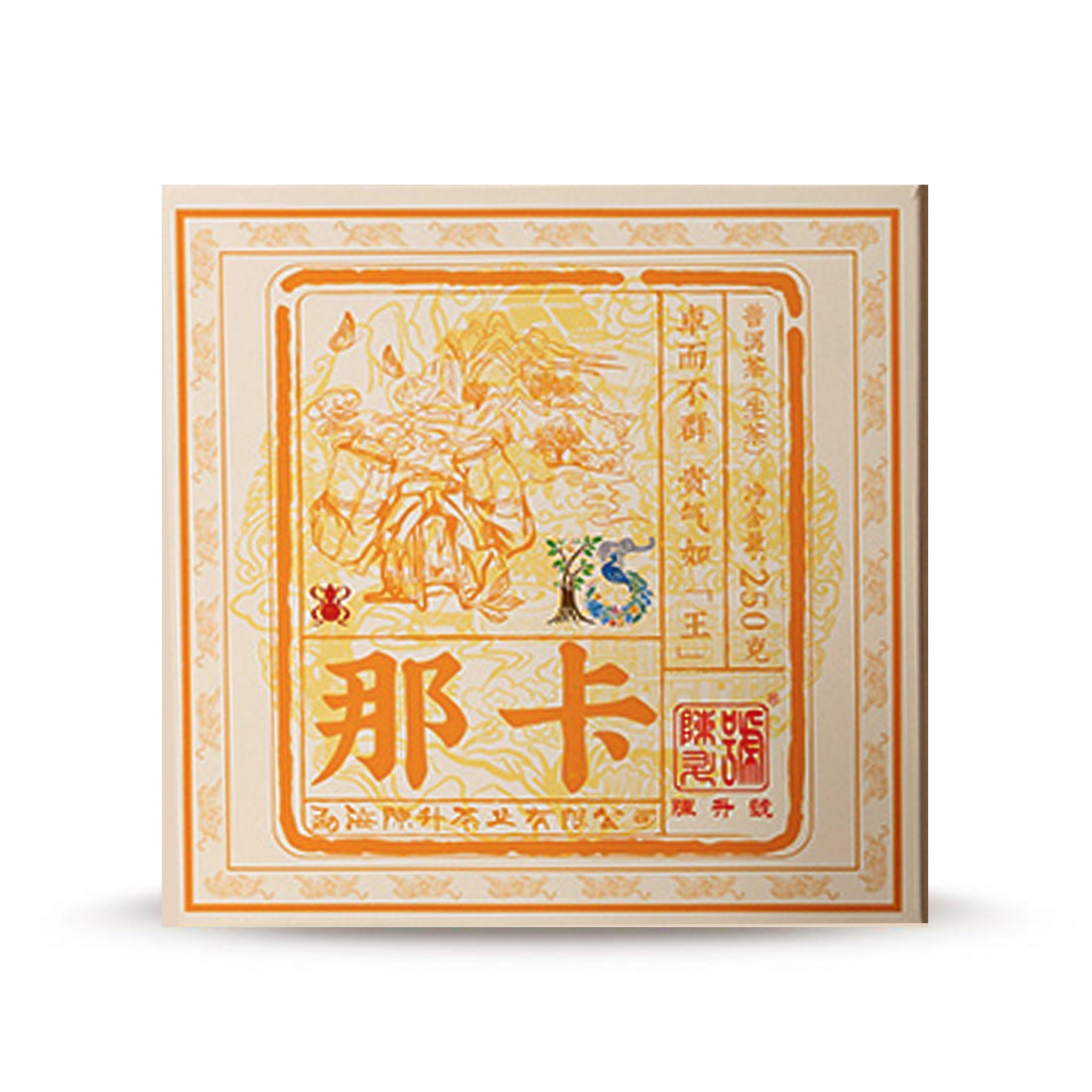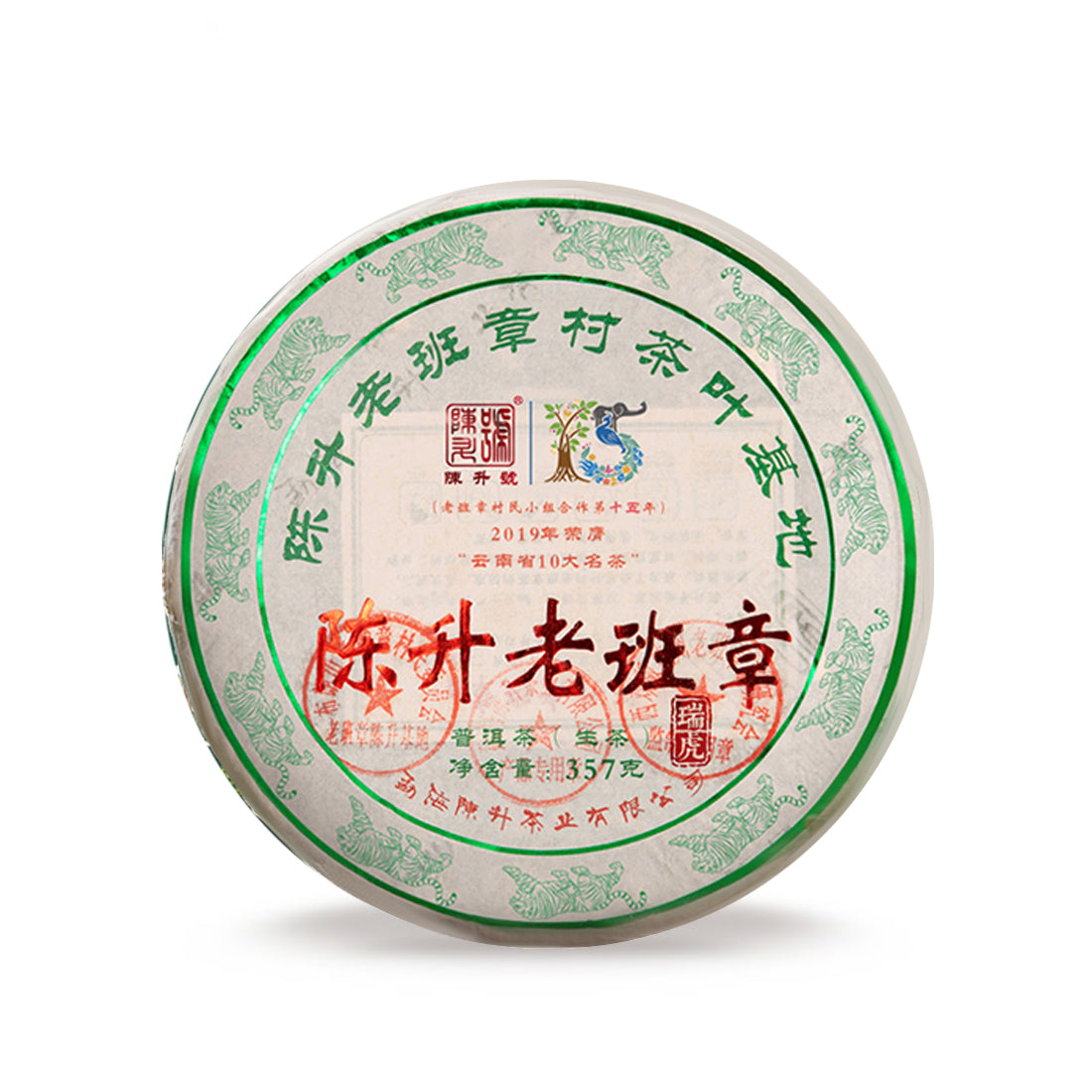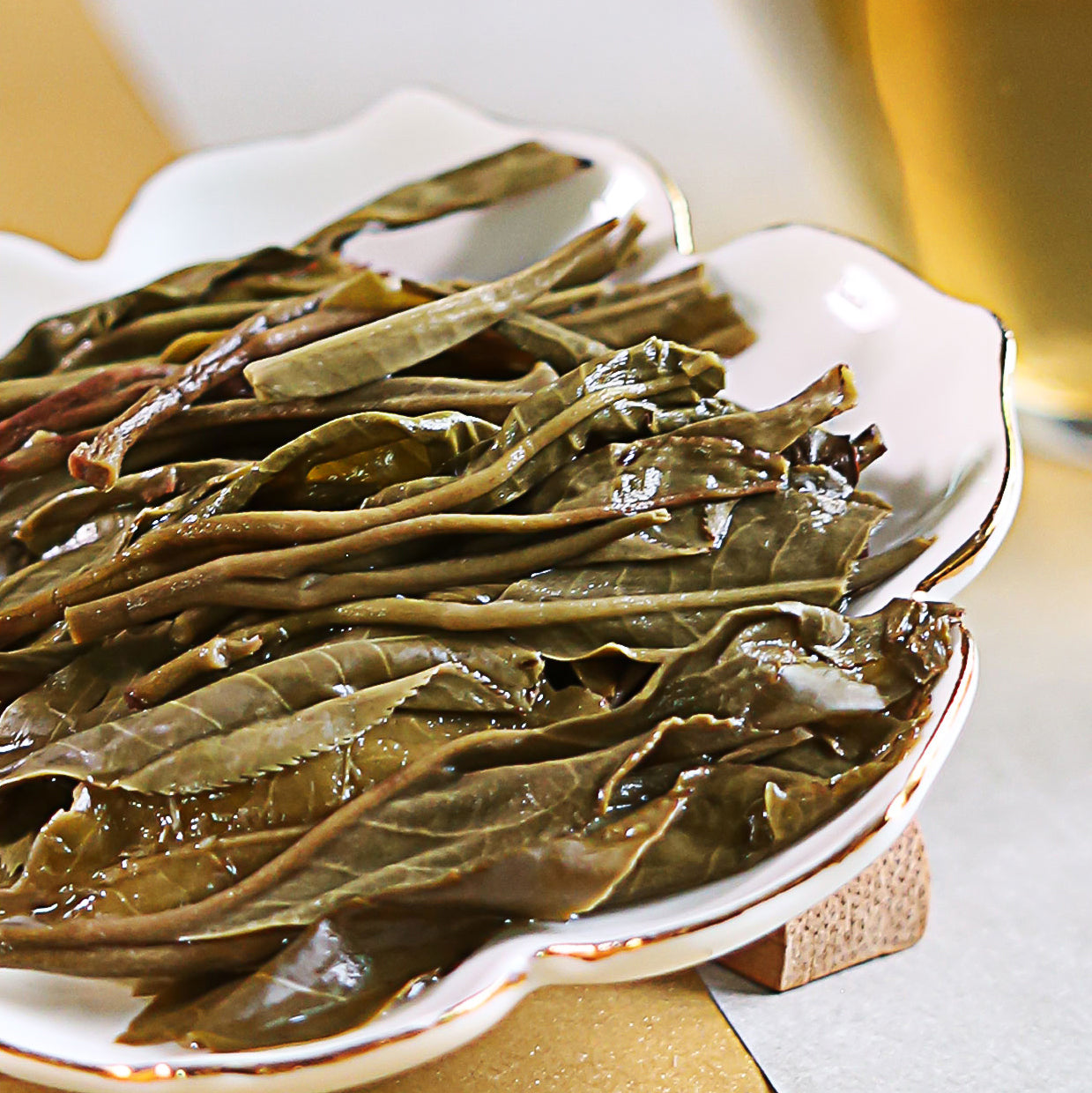What to Add to Green Tea
Health Benefits of Green Tea
Green tea is renowned for its potential health benefits, ranging from antioxidant properties to a modest contribution to weight management. Here, we outline the specific ways in which green tea may support your health.
Antioxidants and Catechins
Green tea is rich in catechins, which are natural antioxidants that help prevent cell damage. Epigallocatechin Gallate (EGCG) is one of the most powerful catechins in green tea, known for its role in various therapeutic applications.
-
Primary Antioxidants in Green Tea:
- Epigallocatechin Gallate (EGCG)
- Epicatechin Gallate (ECG)
- Epicatechin (EC)
- Epigallocatechin (EGC)
Weight Loss and Metabolism
Green tea can boost your metabolic rate in the short term, hence may slightly increase weight loss, particularly in the abdominal area.
-
Impact on Metabolism:
- Increases fat oxidation
- Enhances the thermogenic effect
Heart Health
Regular consumption of green tea may contribute to a lower risk of cardiovascular diseases.
-
Cardiovascular Benefits:
- May reduce LDL cholesterol levels
- Potentially lowers the risk of stroke
Brain Function
Caffeine and amino acid L-theanine in green tea can synergistically improve brain function, leading to enhanced cognitive performance, alertness, and mood.
-
Cognitive Enhancements:
- Improved reaction time
- Better memory recall
- Sustained attention spans
Cancer Prevention
Some studies suggest that the antioxidants in green tea, like EGCG, may lower the risk of certain types of cancer, though more research is needed to confirm these findings.
-
Antioxidant Role in Cancer Prevention:
- May provide protective effects against oxidative damage
- Could potentially inhibit tumor growth
Types of Green Tea Additives

Enhancing your green tea with various additives can enrich the flavor and cater to your personal preferences. Each type of additive brings its own unique taste and potential health benefits.
Herbs and Spices
Herbs: Adding herbs such as mint or lemongrass can give your green tea a refreshing twist.
Spices: Spices like ginger or cinnamon can warm up the flavor and may aid in digestion.
Sweeteners
- Honey: A natural sweetener that adds a rich, soothing taste.
- Stevia: A sugar-free option for sweetness without the calories.
Citrus Fruits
Lemon: A squeeze of lemon not only adds a tangy flavor but also vitamin C.
Lime: Lime can offer a more subtle citrus note and can enhance the tea's flavor.
Dairy and Non-Dairy Milks
- Cow's Milk: A traditional additive that softens the bitter notes of green tea.
- Almond Milk: For a non-dairy alternative, almond milk provides a nutty flavor and is low in calories.
Preparation Techniques

Mastering the art of green tea preparation enhances its flavor and health benefits. Attention to steeping time, water temperature, and teaware selection is essential.
Steeping Time
To extract the perfect balance of flavor and nutrients, green tea should steep for 1 to 3 minutes. Over-steeping can lead to bitterness, so it is critical to time the process carefully.
- Short steep (1-2 mins): Brighter flavor with less caffeine.
- Longer steep (2-3 mins): Deeper taste with more caffeine.
Water Temperature
The ideal temperature for brewing green tea is between 150°F and 180°F (65°C - 80°C). Temperatures higher than this can scorch the leaves, causing an unpleasant taste.
- 160°F (70°C): Often recommended for delicate green teas.
- 180°F (80°C): Can be used for stronger, more robust green teas.
Use of Teaware
Your choice of teaware can influence the quality of your green tea. Glass or ceramic teapots are preferred as they do not retain flavors from previous brews.
- Glass teapots: Allow you to observe the tea as it steeps.
- Ceramic teapots: Retain heat well, ensuring a consistent steeping temperature.
Recipes and Combinations

Green tea's versatility is showcased in these traditional recipes and innovative mixes. Explore each to enhance your green tea experience.
Traditional Green Tea Recipes
Matcha Latte:
- Sift 2 teaspoons of matcha powder into your cup.
- Add 2 ounces of hot water (not boiling).
- Whisk vigorously to form a smooth paste.
- Heat 1 cup of milk (your choice) and add to the matcha.
- Sweeten with honey or sugar to taste.
Ginger Green Tea:
- Steep 1 green tea bag or 1 tablespoon of loose-leaf green tea in 8 ounces of hot water for 3 minutes.
- Add a 1-inch piece of fresh, peeled, and sliced ginger to the tea while steeping.
- Remove tea leaves or bag, and ginger slices before drinking.
Innovative Green Tea Mixes
Green Tea and Mint Iced Tea:
- Brew 4 green tea bags in 4 cups of hot water.
- Add a handful of fresh mint leaves while the tea is hot.
- Cool down and serve over ice.
- Optional: Add slices of lemon and a teaspoon of honey for sweetness.
Cinnamon and Honey Green Tea:
- Brew your green tea as usual and pour it into your cup.
- Stir in 1 teaspoon of honey until fully dissolved.
- Add a pinch of ground cinnamon and stir well.
Each recipe and mix provides a unique way to enjoy green tea's natural flavors with a twist, allowing you to savor every sip.
← Older post Newer post →








